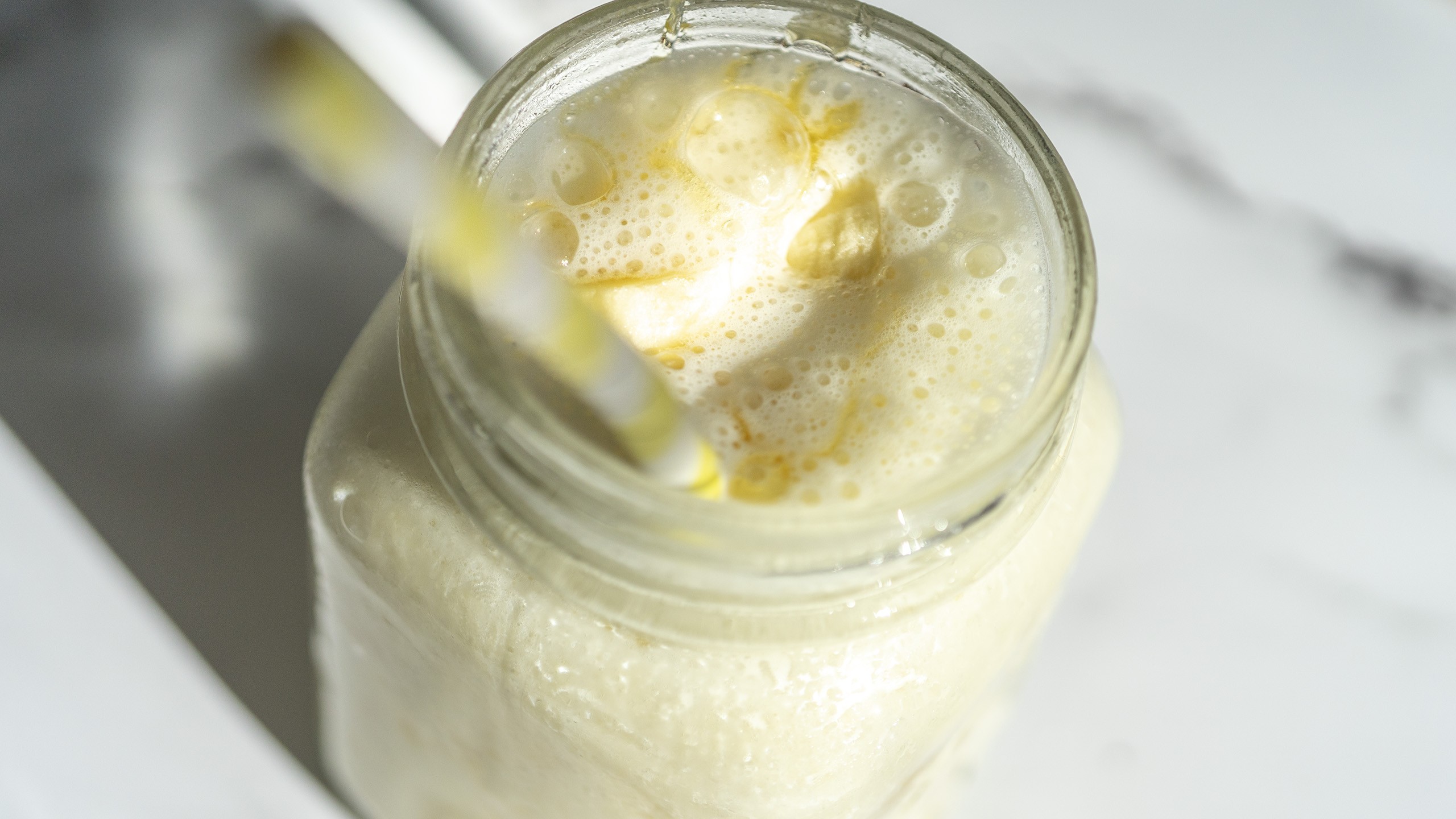Don’t you just love a frosty glass of something cool and refreshing on a hot day? Nothing looks quite as cool and refreshing as an ice-cold glass with that wonderful condensation running down the side. Sure there are lots of ways to artificially create this quickly, but for my money, I love working with the real thing, and it does not take that much time to create.
How to set it up
This really is not all that hard. If you want a can of soft drink or beer, for instance, run the can under tap water and place it in the freezer, but be careful not to let it freeze completely and bulge the can. Bottles can be run under water too, but be careful not to get the paper wrapper too wet or damaged.
Personally, I prefer working with a glass or Mason jar, as there are no stickers or labels. I run it under the tap and then place it straight in the freezer. Once it has been there a while, you may need to break the seal, where it may have partially frozen to the shelf and then fill the glass with ice cubes. This will help keep the glass icy cold. Do not pull out of the freezer until right before you are about to shoot — have everything in your scene set up and use a “practice” glass for checking lighting, focus, etc.
Additionally, try not to use your bare hands as they can leave fingerprints, where the warmth from your skin starts to melt the frost on the surface.
Create the condensation
If your ambient temperature is warm enough, you will get condensation happening within a minute or so. If it needs a little help, blow over the area with a straw or hold warm hands close, but not against the glass. Placing your glass in the sunshine will also make it happen much faster.
The downside
Once the condensation starts, get snapping, as it does not last long. This is the real downside of working with real condensation — it just doesn’t last very long. Try having a backup glass in the freezer that you can switch out if needed. Alternatively, if you find you really need more time, you can mix glycerin 50/50 with water in a spray bottle, and spray that on your glass. This can add some extra condensation, however, I feel it does not seem to drip quite the same.
Source link





Leave a Reply